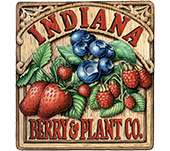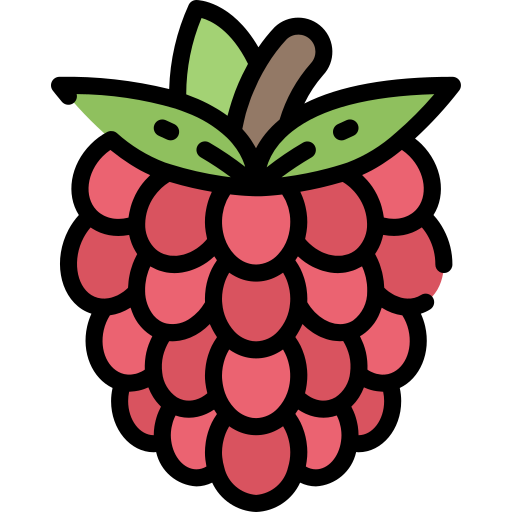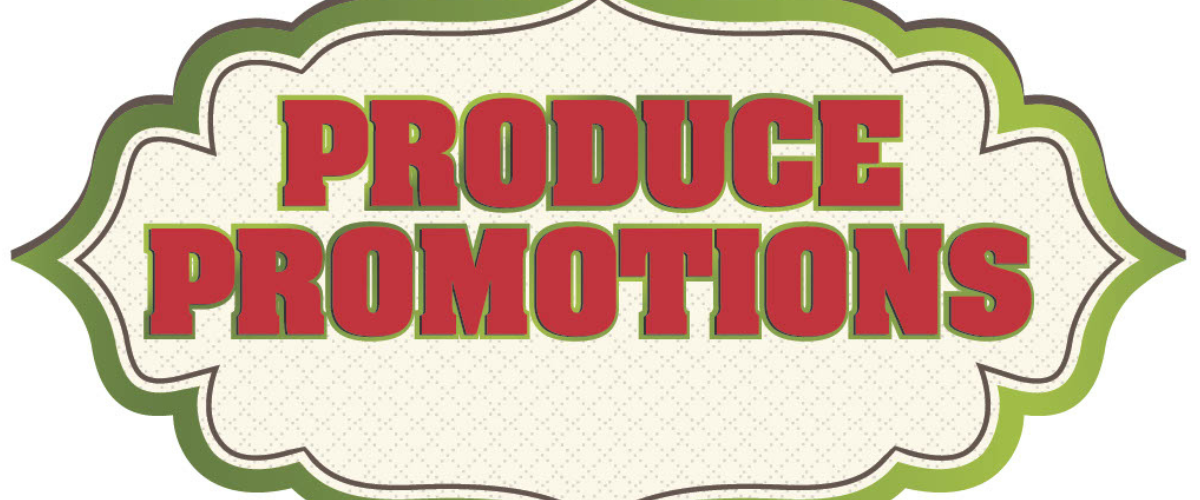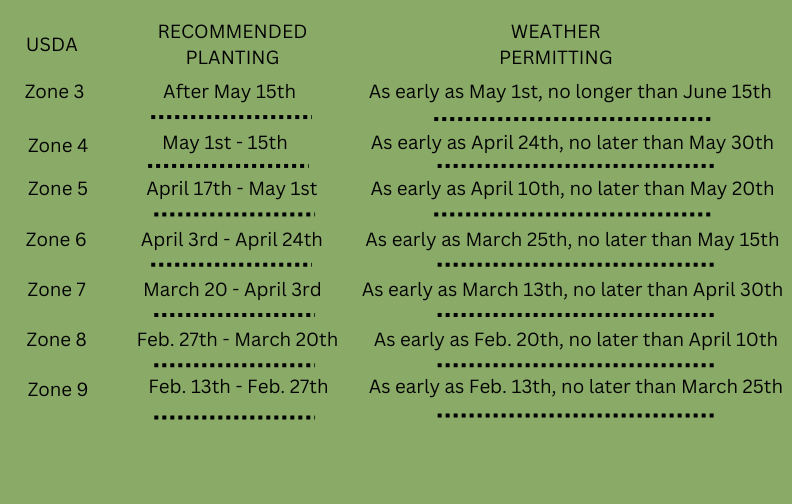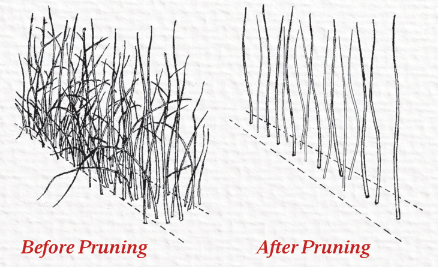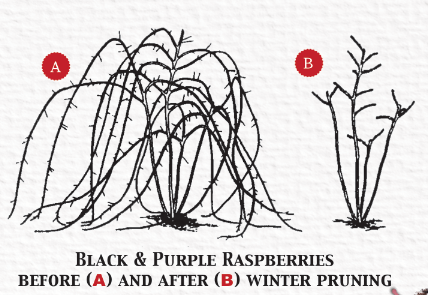Canby Red Raspberry - Summer (SOLD OUT 2025 SEASON)
| Quantity | Price |
| 1-24 | $7.50 |
| 25-99 | $6.25 |
| 100 | $4.10 |
(1953 Vikig x Lloyd George; Corvallis Oregon) The light red fruit are medium to large, firm, sweet, and excellent for fresh use and processing where light color is not a factor. The canes are vigorous and productive. Canby shows a high level of virus resistance but is sensitive to Root Rot so good soil drainage is required. Not adapted to heavy soils. Grows best in areas with cooler summers. Entirely spineless on the fruit bearing part of the cane. Excellent winter hardiness!

